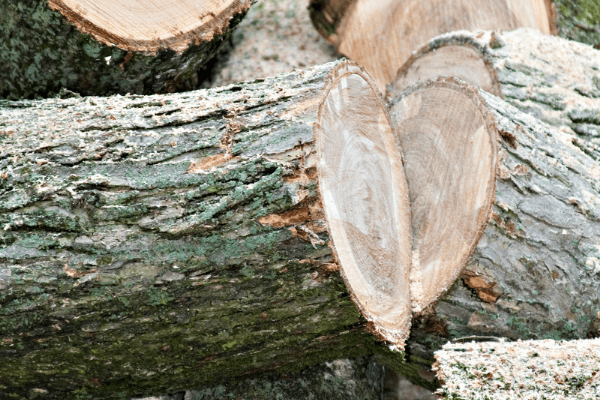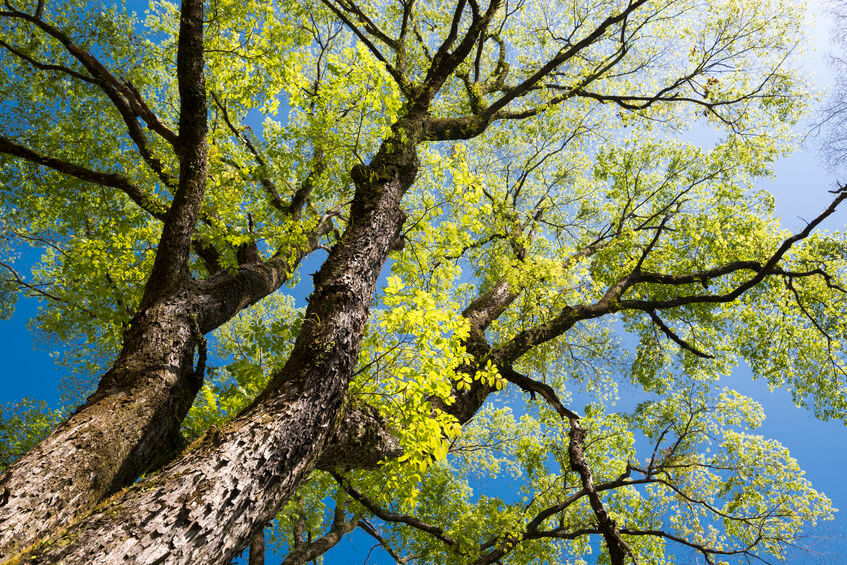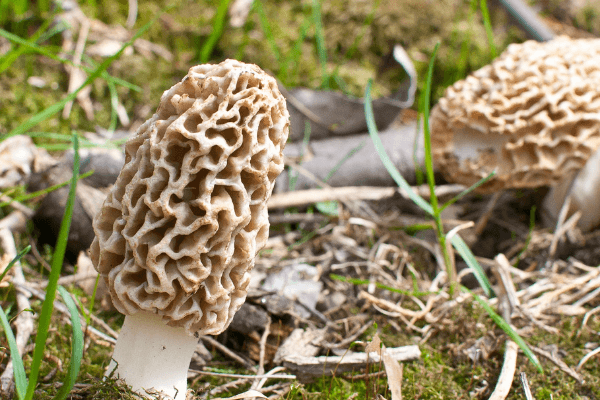- Home
- Firewood Types
- Elm Firewood
Elm Firewood
This post may contain affiliate links so I earn a commission.
Is elm firewood any good to burn?
Depending on who you ask, most people will agree that it's just "okay" to use but it's generally not their top choice.
The wood provides decent heat but it's a pain to split.
There are around 30-40 different species of the elm tree belonging to the genus Ulmus.
The trees first appeared about 20 million years ago in central Asia.
Now the tree can be found throughout the northern hemisphere.
In Europe and North America elm trees were commonly used to line city streets for ornamental purposes.

The trees created a tunneling effect as you looked down the street, a unique characteristic that can be seen in photographs and paintings from the 18th to early 20th century.
In North America, the American elm was the predominate tree.
Its strong wood, resistance to wind damage and rapid growth made it a popular choice.
In Europe, the smooth-leaved elm and wych elm were commonly planted.
Wood from the elm tree is very strong and it's valued for its interlocking grain.
The wood was commonly used to build wagon wheels and chair seats.
Dutch Elm Disease
Elm trees throughout Europe and North America were devastated by Dutch elm disease or DED.
DED is caused by a micro-fungus that is spread by the elm-bark beetle.
DED is responsible for killing millions of elm trees.
Now, elm tress resistant to Dutch elm disease have been produced and the tree is slowly making a comeback.
Burning Elm Firewood
Due to Dutch elm disease, it's not uncommon to find standing dead elm trees everywhere.
These standing dead elm trees can produce decent firewood because the wood is nearly dry when you cut down the tree.
Don't attempt to burn wet elm.
The wet wood is miserable to burn and you should expect to let wet elm season for at least one year...maybe two.
Also, make sure elevate the wood off the ground when you store it.
 Elm Tree
Elm TreeElm firewood is extremely hard to split.
Anyone who has ever tried to split elm with a maul knows what I'm talking about.
The wood is very stringy.
After the maul cracks the wood apart, the stringy fibers hold the wood together.
A sharp splitting axe will help cut the fibers, but a hydraulic wood splitter is really the best way to split elm.
I've burned a lot of elm in my outdoor wood furnace.
The wood is heavy, produces decent heat and overall is not to bad to use.
If you have access to a wood splitter, splitting elm is not that hard....just don't attempt to split a crotch.
If you plan on splitting elm firewood by hand good luck!
It's possible, especially if you work around the edges with a sharp splitting axe, but it takes a lot of effort.
Do yourself a favor and use a wood splitter.
For all you morel mushroom lovers out there here's a secret tip.

After you cut down a standing dead elm tree, go back the following year and look in that spot for morel mushrooms.
If you're lucky you will find them growing everywhere.
Don't believe me?
It works....in fact I find more morel mushrooms in these spots than anywhere else!
American Elm will produce 20.0 million BTU's per cord.
Siberian Elm will produce 20.9 million BTU's per cord.

About the Author
Obsessed with firewood, Nick is behind over 350+ of Firewood For Life's articles, as well as countless reviews, guides and YouTube videos to help readers like you reduce heating costs and create the perfect fire.


